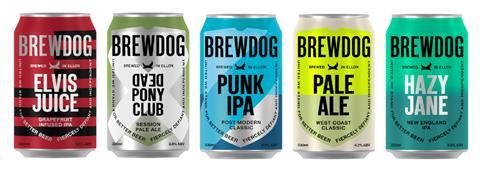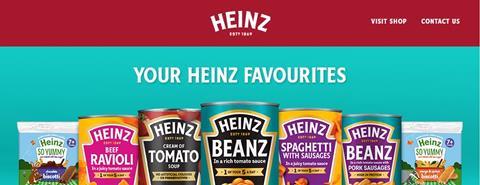That millions of customers switched to online shopping during the pandemic and e-commerce raced forward decades in just a few weeks, needs little explanation. But what does need grasping are the secondary impacts this shift is having on shopping behaviour
To take stock of the emerging shopping trends triggered by one of the most disruptive experiences in living memory, Saatchi & Saatchi carried out a survey in June – and three trends emerged as new ways consumers are now shopping:
- Spear shopping: The trend to look at a wider variety of retailers, including niche and specialists
- Net shopping: The trend to batch, bulk or repeat order products that are habitually used
- Trawler shopping: The trend to impulse purchase while scrolling through websites and social media feeds.
We found most categories fall into one of these baskets, but some might spread across several. In sauces, for example, premium Spice Island chilli sauce might be best aimed at spear shoppers, whereas Heinz ketchup would be more suitable for net shoppers.
What is also noticeable is that these modes of shopping take place seamlessly online, rendering staples of the retail sales playbook like proximity less important and useful than, say, the power of brand in driving people to purchase.
As such, the implications of the unfolding post-pandemic economy on shoppers’ routes to purchase can help fmcg brands and supermarkets plan marketing campaigns and communications effectively.
Here is what else we uncovered in our research around these trends.
Spear shopping

It has never been more convenient for digitally literate shoppers to find precisely what they want, not only what is in stock. Some 49% of people told us they have been doing a lot more research and more shopping around before they buy items since the lockdowns began.
The past 18 months have also ushered in a growing appetite for niche products bought from specialist retailers. Everything from craft beers such as BrewDog to ethical beauty products such as Bread haircare and veganic (both vegan and organic) foods are flying off the virtual shelves.
The emphasis on having a limited range of the ‘right’ products is less important from a consumer perspective when shopping online. Supermarkets might want to consider ramping up speciality sections on their websites, although there remains a balance to be struck logistically with what the ‘right’ number of products is.
Net shopping

Savvy online retailers have made it easy to batch, bulk or repeat order the things we know we habitually need. Two-fifths of respondents agreed that for repeat purchases they are now more likely to just reorder them online rather than buy them in person.
Meanwhile, shoppers have put some of their more regular, mundane buys on repeat orders and subscriptions, from razors and loo roll to hand creams. Net shopping is ‘the thin of the wedge’ of how most fmcg brands want consumers to buy their products – habitually and on a regular subscription. And that can mean fewer items slotted into supermarket trolleys as consumers go direct to their favourite brands.
So supermarkets might want to make it easier for shoppers to put certain products on repeat buy. It’s likely we’ll see more automated ‘bulk and repeat’ orders and a ‘buy button’ that can be clicked to add a product to a subscription list appearing as supermarkets evolve with their customers. In a twist of fate, Amazon Dash buttons might finally take off.
The downside, of course, means brands will have fewer touchpoints in which to interact with customers in real life to build existing relationships or secure new customers – so they will need to make even greater use of channels like TV, radio, digital and social to cut through.
Trawler shopping

Fortunately, though, it’s also never been simpler to purchase on impulse.
As 31% of us spend more time on social media platforms through the pandemic, and the barriers to purchase continue to decline, shoppers appear more receptive to passively purchasing products they find online. Most often this is through clothing brands such as Asos which allows consumers to shop direct through Instagram, but we’re also seeing brands such as Heinz capitalising on these behaviours to skip out the middleman and bring out direct to consumer offers such as ‘Heinz to Home’.
Looking at other sectors, brands such as EasyJet allowing people to book holidays direct from Instagram through its ‘Look & Book’ platform indicates the extent to which even major purchases are influenced by passive scrolling. It’s not unrealistic to see this taking off for grocery shopping. For some consumers, shopping has shifted from a timebound activity to a more ‘always on’ state of impulsivity. Getting the consumer’s attention with strong online content is therefore translating more readily into sales.
Brands have had to innovate at pace over the last 18 months to survive, some having to accelerate their e-commerce capability and some having to build them from scratch. But concentrating too much on the method of purchase would be to miss the impact this has had on consumer shopping behaviours.
These changes represent an important time for brands to take stock of how they are talking to customers. It’s an opportunity to re-evaluate how they communicate their products in response to new and changing shopping behaviours. These may be challenges, but change is opportunity for those willing to grasp that opportunity – and that’s exciting.














No comments yet